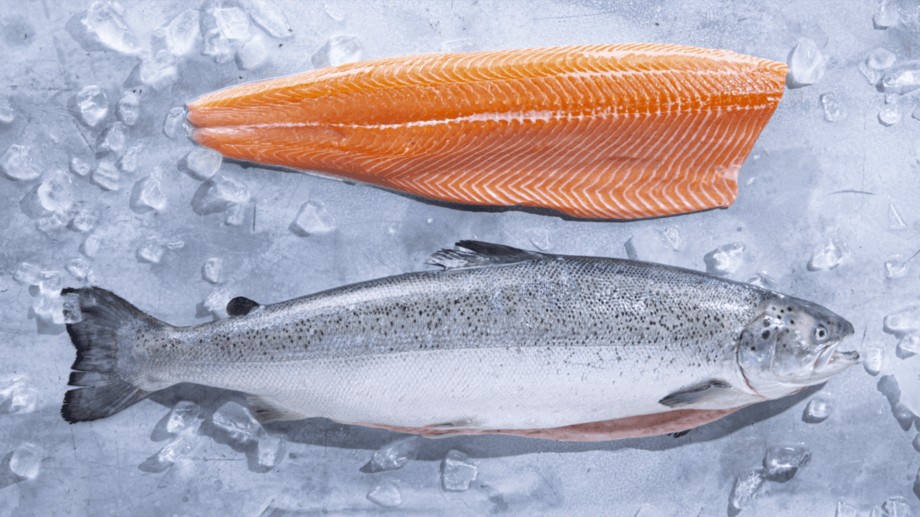
I learned about this website yesterday morning (happy 2021 to everyone!!!) and I haven't had enough time to write down a few lines yet!
I was tired because I finished my working shift at 6 p.m. on the 31st and my job is really tough, particularly in December. So I rested the next two days (I had to since I was exausted), and, during that time, I stretched my muscles and relaxed my body by doing some yoga. Moreover, this morning my husband sprained his ankle and needs some attention.
I was uncertain (about) what topic write about today...I thought I might tell something about my current job. It's not my dream job (to tell the truth I've never thought I would end up there) but, given the circumstances, I'm grateful to have a job, especially because my efforts have been rewarded with a permanent contract.
I work in a factory that processes and packages mostly salmon, but also tuna and swordfish.
The salmon we process is mostly farmed, except for some batches of wild sockeye salmon from Alaska.
I'm assigned to work in the production department, even if sometimes my bosses ask me to help in the packaging department.
I'd like to describe briefly how the fish get to their final status, ready for consumption. Here are the main stages of our production:
- the fish are imported from Norway, Scotland, Alaska
- the fish arrive in polistyrene boxes filled with ice
- the fish are cut in fillets
- the fillets are salted, put on big trolleys, washed, and then put in the oven to be smoked with beech wood at low temperature
- once smoked, the fish are refrigerated and are ready to be used for different food preps
- We cut off the skin and the excessive fat and we slice the salmon with specific slicing machines. We use different machines or different programs depending on what kind of slice we want to obtain.
- once sliced, the salmon goes on a conveyor belt, passes next to a series of scales, where we attendants pick up, weight, and well-arrange (as to be appealing to the final consumers) the fish on specific rigid-cardboard golden-coloured trays.
(we pick up as many slices as we know is roughly the equivalent of a portion, depending on the weight we want to obtain, and then we make adjustments). This operation has to be done as quickly as possible, as tidily as possible.
- the trays continue to go on another conveyor bound to the vacuum machines
- one operator puts the trays into the vacuum forming machine and looks after the machine (in case it gets stuck or when the packaging film has to be changed)
- another conveyor carries the already vacuumed items to the packaging department
- here the products get their final aspect (wrapped in captivating packaging) and are arranged to be shipped
- other preparations are made without slicing the product, but, for example, dicing the fish (tartare) or mincing it.
- In the latter case we mince together production waste such as parts of stained fish (that had been previously cut off and discarded) and the pulp (flesh near the bones that had been saved and then smoked). These products are obiously sold at a lower price and labelled as "shrinkage" of smoked salmon.
- and finally we clean the department: from the floor to the ceiling, every surface, every instrument/tool, every door, etc...with foam and pressure washer. We disassemble all the machinery, wash every single piece, and then reassemble again.
As I said it's very tough working there, the company is relatively young and the most of the operations are made by people, not by the machinery.
Now, it's getting very late...See you next time. Thanks for reading and correcting me.
Wow! Great job for someone who is tired and typing in another language :)
That is such an interesting process, thank you for sharing. I probably never would've learned that otherwise.
I thank you all for your comments and advices!